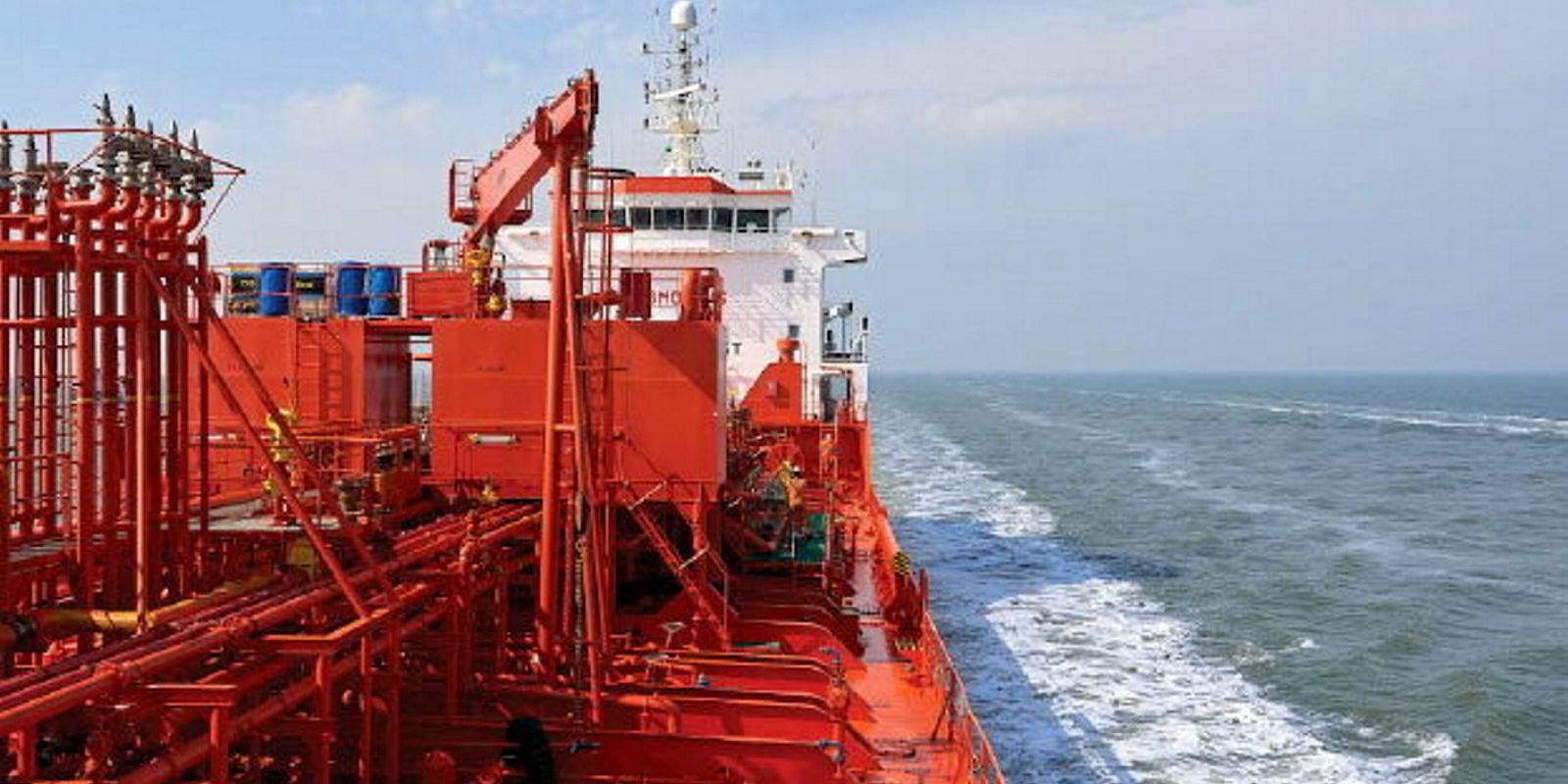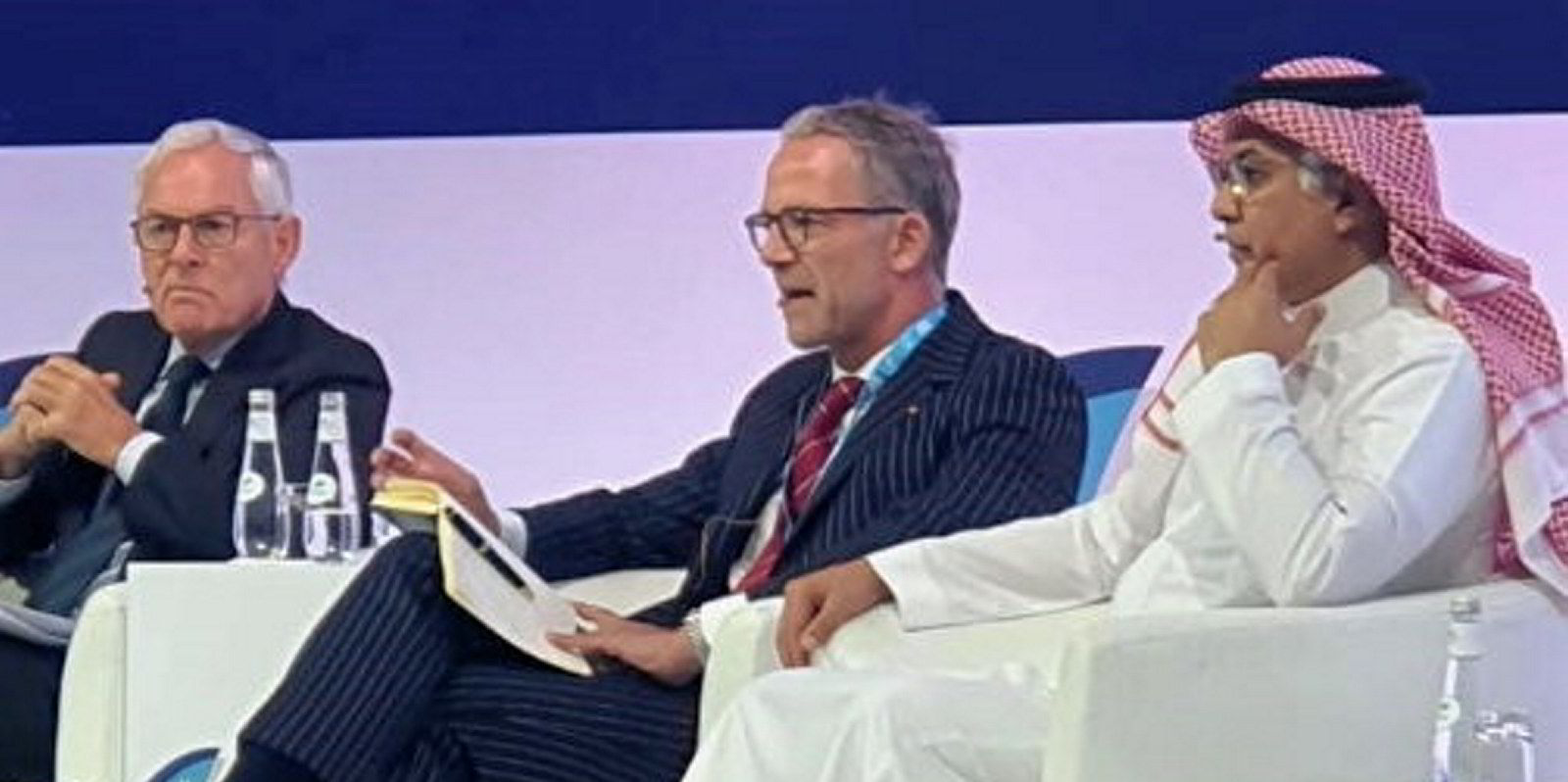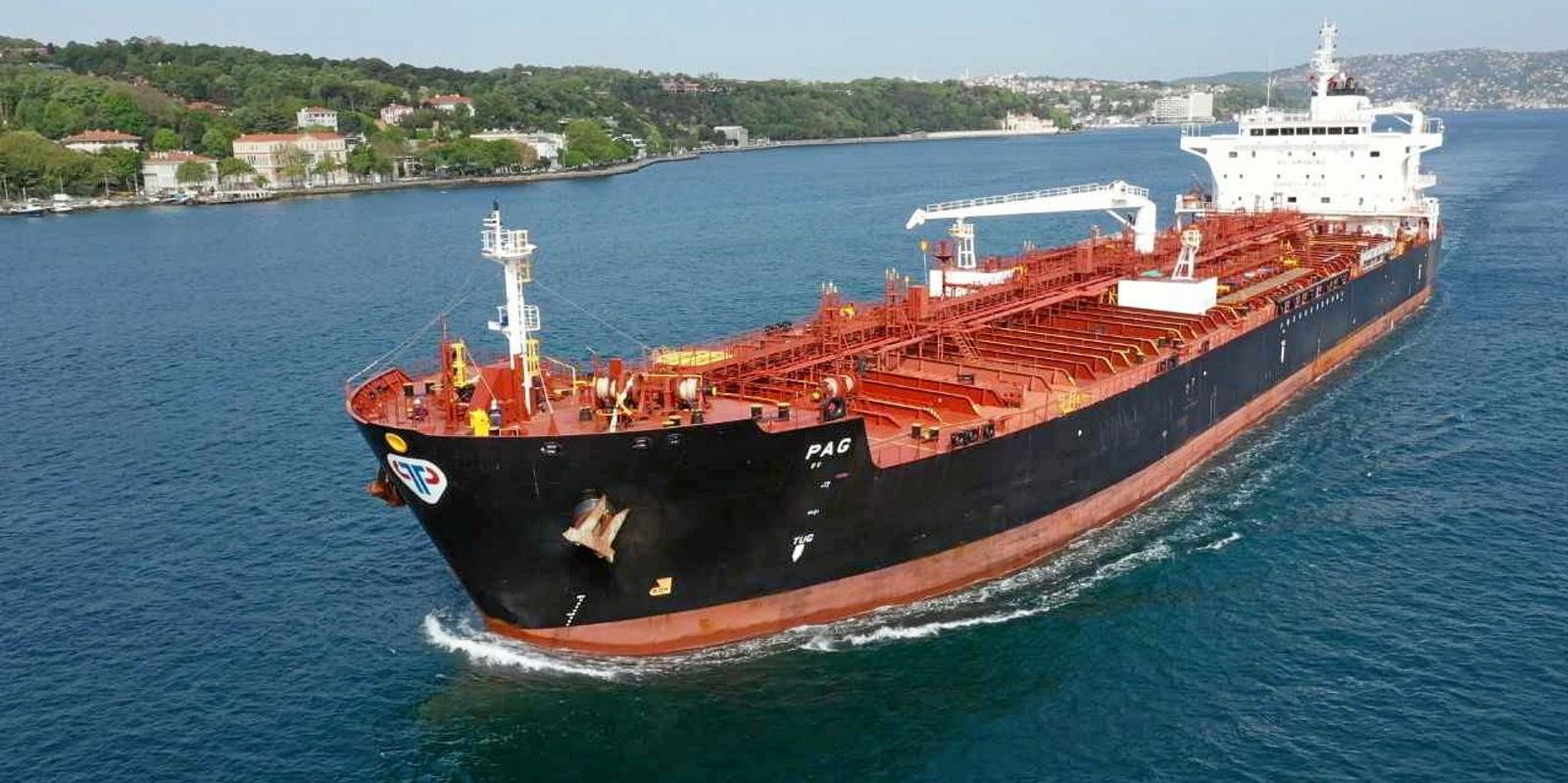New Norwegian joint venture Stodig Ship Management has revealed a big jump in crewed ship numbers since its formation.
And the tie-up formed by Columbia Shipmanagement and domestic owner Seatrans last year is expecting further increases in the fleet this year while looking ahead to diversification.
Brede Gislefoss, Stodig director of business development, told TradeWinds that Seatrans had been working with Columbia for “many, many years”, having a joint crewing operation in Romania.
“There was a relationship back in the day, and even before then there has been a relationship between the Seatrans owners and [Columbia parent] Schoeller on the commercial side,” he added.
Gislefoss explained that Stodig was created over Teams meetings during the pandemic.
The venture is based in Bergen, with subsidiary offices in Poland, Bulgaria and Romania.
“We are able to tap into CSM [Columbia]’s integrated maritime services platform, which includes its Performance Optimisation Control Room and its procurement service GenPro,” the director said.
Stodig started with the management of 13 Seatrans ships, using existing staff, then added one or two fresh faces, also utilising the resources of Columbia.
The Norwegian owner operates tankers through Seatrans Chemical Tankers and ro-ros via Seacargo.
Stodig has since added one new external client for technical management.
“Then we got quite a big improvement on the crewing side,” Gislefoss added.
Target of 80 ships
The company now crews more than 50 ships. “We’re looking at close to 80 before Christmas,” he said.
“On the technical management side, there are prospects we expect to close before Christmas. We expect fleet growth,” the director added.
Seatrans itself has two new tankers due from Japan in 2024.
The ships have been chartered on long-term deals with purchase options from Kitanihon Shipbuilding Co, in cooperation with Japanese investors.
Offshore wind is a major target of growth for the company, with a growing fleet needing experienced managers.
And the future market for ammonia and hydrogen vessels is also of interest, but is “in its very early stages”, Gislefoss said.
Setback for decarbonisation

“The energy crisis that has hit us is quite a setback for such pioneering technologies, simply because if you are to produce hydrogen or ammonia, it’s a very high energy cost,” he added.
“Just now, the energy is probably better spent elsewhere. The British, the Germans, we all need energy for our industries,” the director told TradeWinds.
Stodig is keeping track of technical developments in alternative fuels.
“We strongly believe that the pioneering contributions of hydrogen and ammonia will make shipping more green, and have an impact in the future,” Gislefoss said.
“So we are spending time and energy keeping on top of the technical development and are involved in several ammonia and hydrogen projects through our partnership with CSM [Columbia],” he added.
The strategy is proactive.
‘You work with what you have’
“Rather than wait for technology development or a clear preferred solution of reducing emissions of the vessels, we have a strategy of reducing emissions and making an impact now,” Gislefoss explained. “You have to work on what you have.”
One project has been fitting Flettner rotor sails on the 1,690-lane-metre Seatrans ro-ro SC Connector (built 1997).
“We have now achieved 25% bunker savings, just by the sails; the vessel is turned more into a sail ship and can sail on its own without using the main engine,” Gislefoss said.
“More and more are picking up on that. It’s a very good way of making an impact now. You can use the natural resources of wind instantly,” the director told TradeWinds.
Stodig also uses weather routing, voyage planning, more frequent dockings, hull cleaning, and propeller polishing to increase fleet efficiency.
Seatrans has seen a 10% reduction in port time each year since 2016 as a result.






